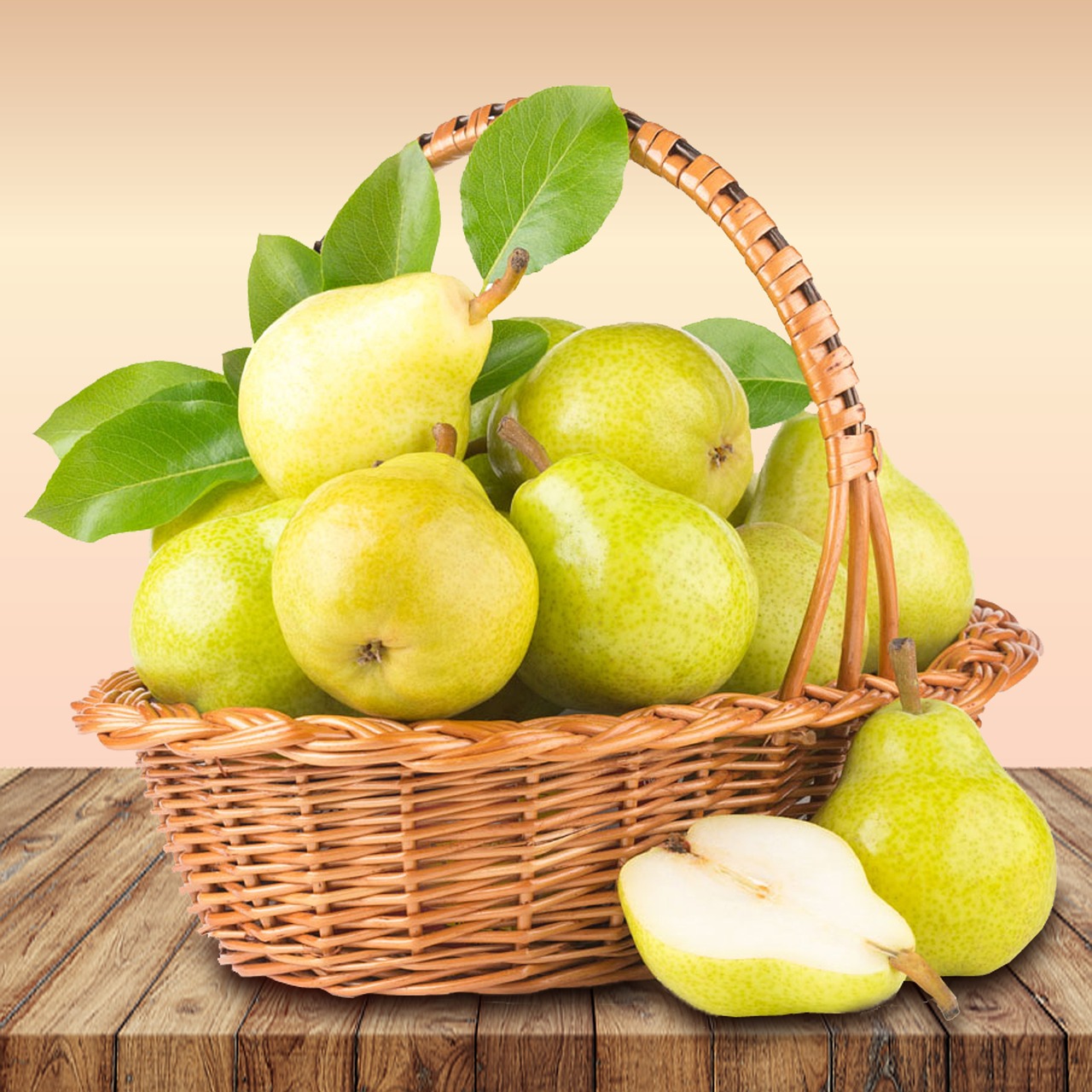The Role of Food in Building Cultural Bridges: Exploring Fusion Cuisine
Fusion cuisine has become a prevalent cooking style that blends elements of different culinary traditions. This culinary phenomenon has its roots in ancient history when trade routes connected distant lands, allowing for the exchange of ingredients and cooking techniques.
Over time, fusion cuisine evolved as global migration and cultural exchange continued to shape the food landscape. Chefs began experimenting with combining flavors and ingredients from diverse culinary traditions, giving rise to a new wave of innovative and exciting dishes that tantalized the taste buds of diners around the world.
Culinary Influences from Different Cultures
Culinary influences from different cultures have played a significant role in shaping the diversity of flavors and techniques found in modern cuisine. Through centuries of trade, migration, and cultural exchange, various culinary traditions have intertwined to create a melting pot of flavors.
The use of spices from India, noodles from China, and tomatoes from the Americas are just a few examples of how global ingredients have made their way into kitchens around the world. These cross-cultural influences have not only expanded the range of ingredients available to chefs, but have also inspired innovative fusions that blend the best of different culinary worlds.
What is fusion cuisine?
Fusion cuisine is a blend of different culinary traditions and techniques from various cultures, resulting in innovative and unique dishes.
How do different cultures influence culinary practices?
Different cultures influence culinary practices through the use of ingredients, cooking methods, and flavor profiles that are characteristic of that particular culture.
Can you give an example of a popular fusion dish?
One example of a popular fusion dish is sushi burritos, which combine the flavors of Japanese sushi with the convenience of a Mexican burrito.
Why is it important to understand culinary influences from different cultures?
Understanding culinary influences from different cultures allows for a greater appreciation and respect for diverse food traditions, as well as the opportunity to create new and exciting dishes.
How can individuals incorporate culinary influences from different cultures into their own cooking?
Individuals can incorporate culinary influences from different cultures into their own cooking by experimenting with new ingredients, trying out different cooking techniques, and exploring different flavor combinations.





